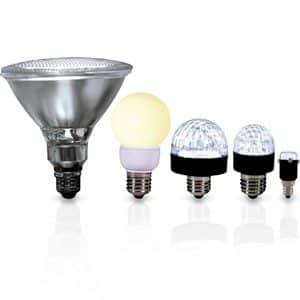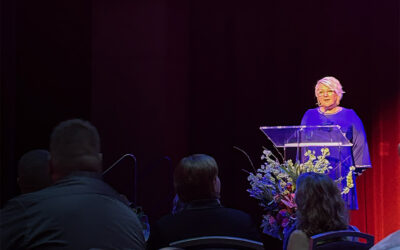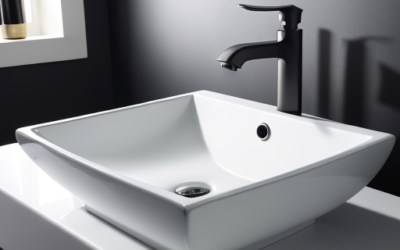LED Lighting Ripoff By Green Living Tips

The technology has evolved to the point that they are becoming more commonplace in homes too. LED’s have the potential to contribute greatly to electricity related carbon emissions.
But not all LED’s are created equal and the current situation is putting makers of quality LED products in a difficult position.
Unfortunately, the rise in popularity and pressures of pricing competition has seen an increasing trend of what are referred to (but not marketed as) “disposable” LED lights. These inferior products threaten to give all LED lighting a bad name as the market is riddled with them.
I’ve bought a few LED products that have started out fine, but after a hundred or so hours of use, the lights dim, then after a while longer they flicker, and then ultimately go out.
These are not isolated incidents, nor am I just unlucky – this appears to be the nature of the design in many cases, another example of planned obsolescence.
So how do merchants and manufacturers justify the kazillion hour ratings they advertise for these products?
I’ve been communicating with Tim Gravert of Caberra Systems, Inc.; who have been in the solid state electronic and LED industry for 30 years. Tim is also very angry that many manufacturers are misleading the public in regard to “lifetime ratings” as this impacts on quality companies who provide ratings based on real-world conditions.
It’s my understanding from the information Tim has given me and subsequent research that LED lifetime ratings are often based on the “L70” standard – a calculation based partly on operating the light in ambient temperatures of just 15 degrees Celsius or 59 degrees Fahrenheit. The “70” means the light should maintain 70 percent of its brightness over the period of time.
Another important point is that the ambient temperature under L70 is meant to be measured in the area immediately surrounding the LEDs, not the general air temperature. Bearing in mind that heat is one of the greatest enemies of LED lights and cheap LED lights tend to be built in such a way that does not allow for rapid heat dissipation either, you can see where this is heading.
While even cheap LED’s run pretty cool in comparison to an incandescent lamp, which is part of what makes them so efficient, I know from my own experience that cheap LED lights get warmish, even when the general air temperature is quite chilly – and most people would have their homes heated to above the 15 degrees Celsius / 59 degrees Fahrenheit mark anyway.
So, when a manufacturer makes the claim the light will last 100,000 hours; the claim is often made with that 15 degrees Celsius or 59 degrees Fahrenheit figure under the L70 standard and if you run them at a temperature any higher, which most people will do, bang – it’s a good excuse for a decline of warranty claim and will also ensure that the life of the LED is greatly decreased – and a replacement bought.
Alternatively, given how cheap some of these lights are, you won’t even bother with a warranty claim and just chuck the light away. It’s an issue that manufacturers are well aware of I’m told and in my opinion, it’s a form of green washing.
In environmental terms, this goes beyond just these tiny LED bulbs. There’s usually a good deal of plastic and metal housing and perhaps a stand that comes with LED lighting. Millions of these cheap lamps are being sold around the world and given you can’t replace the LED’s in many these devices, they are bound for landfill much sooner than the purchaser thought they would. Even if the LED’s can be replaced, such as the bulbs that work with standard light fittings, it’s still a lot of waste.
To date, the best bang for buck I’ve received from LED’s wasn’t one of these 28/56 or whatever LED arrangements, but a headlamp with just one Cree LED in it. Although a single LED arrangement, it’s been far brighter than any of the multiple LED lights I’ve had – and maintained its brightness. It cost a bunch more too at the time, but it was money well spent and there will be less waste when it does finally give up the ghost. When I was comparing headlamps, I found the look of it rather weird compared to other models, but the oddness had a purpose that I didn’t realize at the time – to allow for more effective heat dissipation.
I think generally speaking, the more you spend on an LED fitting, the better the life you’ll get – but don’t just take price as a guide. Watch out for the “L70” standard and quiz merchants on a light’s ability to dissipate heat. Look for ratings that will be guaranteed under real-world temperature conditions.
By the way, Tim tells me L70 isn’t just used with LED lights, but also CFL’s at times; which explains why the quality of Compact Fluorescent Lamps and their claimed lifespan vs. actual can vary quite a bit.
Reprinted with the permission from:
Michael Bloch
Green Living Tips.com
Green Living Tips is an online resource powered by renewable energy offering a wide variety of earth friendly tips, green guides, advice and environment related news to help consumers and business reduce costs, consumption and environmental impact .



